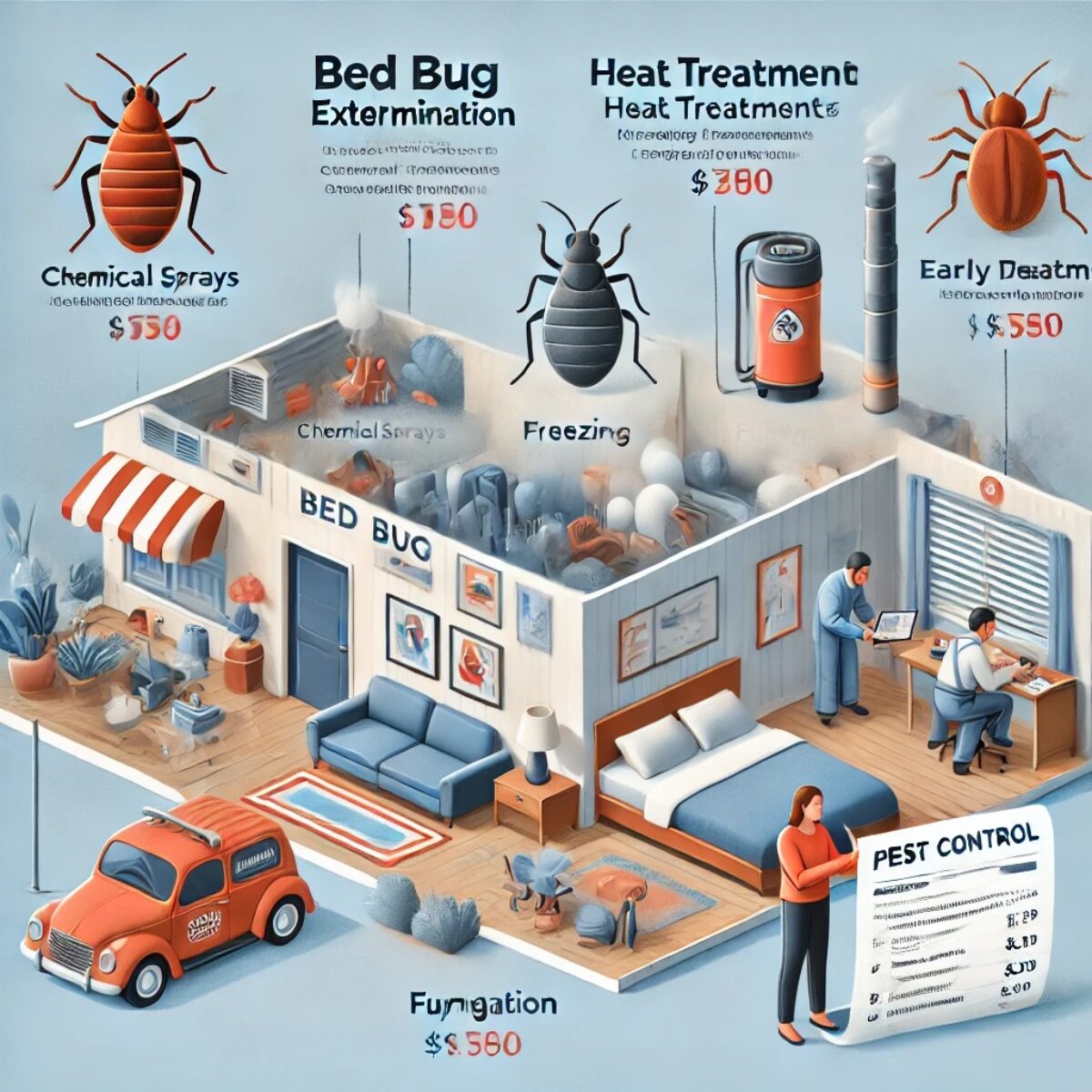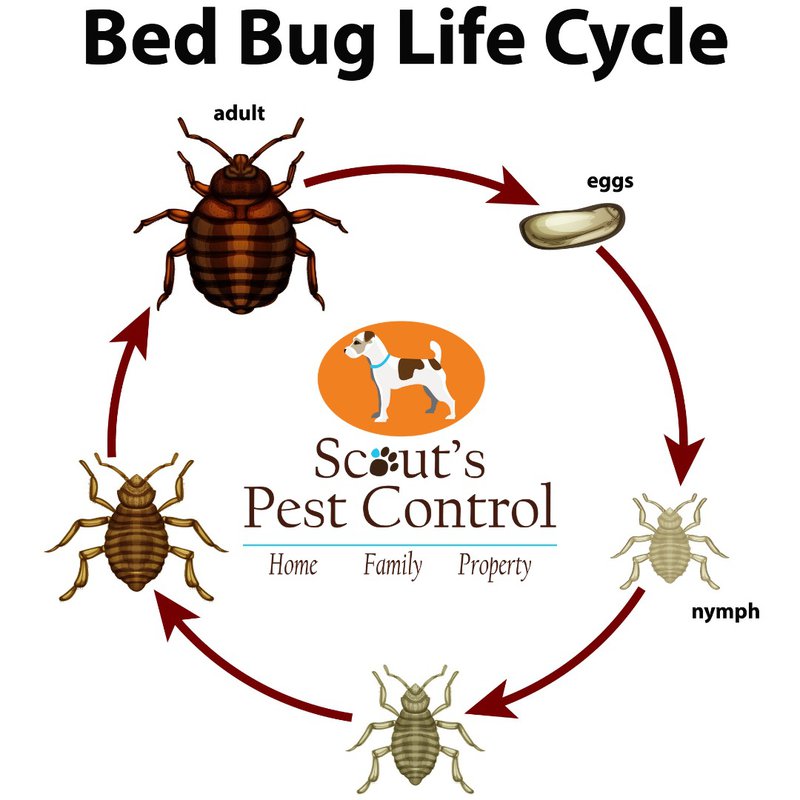The Best Strategy To Use For Bed Bug Services
The 8-Second Trick For Bed Bug Services
Table of ContentsRumored Buzz on Bed Bug ServicesHow Bed Bug Services can Save You Time, Stress, and Money.Fascination About Bed Bug Services
High-temperature treatment is an extremely efficient solutions for removing bed bugs from residences and businesses. Unlike insecticide treatments that require repeated applications, heat affects all hiding spots, destroying all stages of the infestation in a single session. Understanding how this process works ensures homeowners, property managers, and business owners make informed decisions.The mechanics of heat treatment is simple yet powerful. Bed bugs cannot survive when the environment reaches extreme heat. Studies show that environments reaching 122°F destroy both adults and eggs. To guarantee all insects die, professionals usually maintain higher temperatures so that hidden spots reach lethal levels. Maintaining the required temperature for several hours guarantees that every hiding place is affected.

Bed Bug Services - The Facts
When technicians begin the treatment, they use specialized heat equipment along with air movers to circulate hot air. Rather than turning up heaters to maximum, the heat is gradually increased, which prevents damage and reduces the chance of bed bugs escaping to cooler spots.

After the treatment, heaters are turned off and the area is brought back to normal temperatures slowly. Many companies perform post-treatment inspections and provide documentation showing temperatures reached, duration, and recommendations. This reporting verifies effectiveness and demonstrates a thorough job.
Heat treatment has unique benefits. It does not involve pesticides, which is ideal for families and those with health concerns. It is often a one-day solution, allowing residents to return home quickly - Bed Bug Services. Heat also penetrates useful site cracks, wall voids, and dense fabrics. Unlike some methods, the life cycle is fully eradicated, preventing the need for repeated visits
A Biased View of Bed Bug Services
While highly effective, heat treatment may not be perfect for every situation. It can be a higher upfront investment, particularly in big homes. Reinfestation is possible if bed bugs are reintroduced, so ongoing monitoring is important. Certain items may warp or melt Find Out More under heat, and in multi-unit housing, follow-up monitoring is critical.
Many professionals follow heat with inspections and preventive measures to catch any stragglers. Intercepting traps, passive monitors, and selective residual sprays can provide additional protection.
After treatment, proactive steps are important. Regular inspections of living spaces help detect potential problems quickly. Mattress and box spring encasements make inspections easier, while limiting hiding spots can minimize future infestations. Being mindful of used items page is also important to prevent bed bugs from returning.
Heat treatment remains the gold standard for challenging bed bug problems. It provides a fast, eco-friendly, and thorough solution that eliminates bed bugs in a single session. When performed by trained professionals, it kills all life stages without the lingering effects of chemicals, allowing families to live safely again.